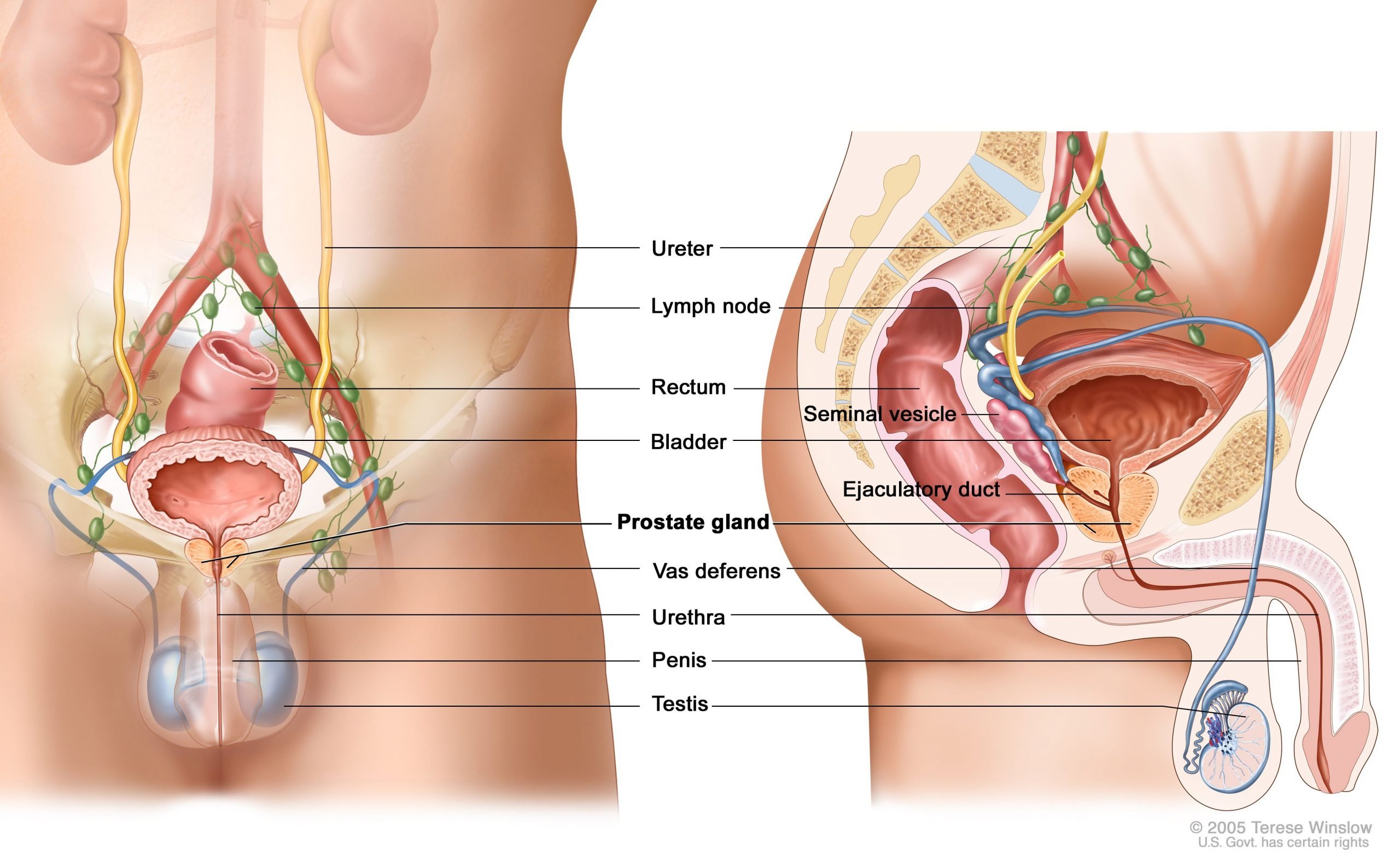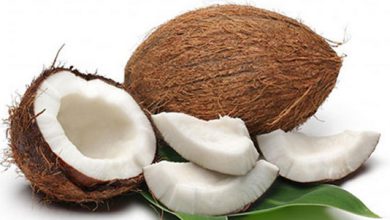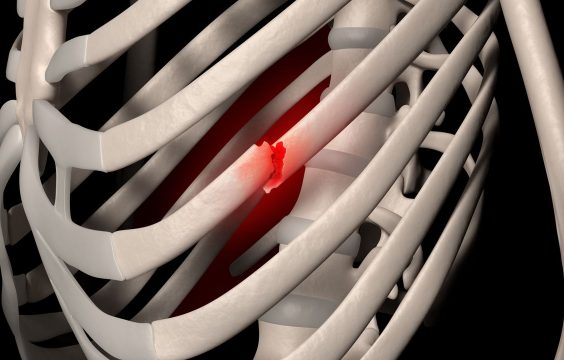Is a cold foot a sign of a dangerous disease?
Many of us experience cold, numb hands and feet in the winter. But the problem of cold fingers and toes in the summer may be a sign of illness.
Most people often feel cold. Some causes are temporary and harmless, but others can indicate more severe health conditions.
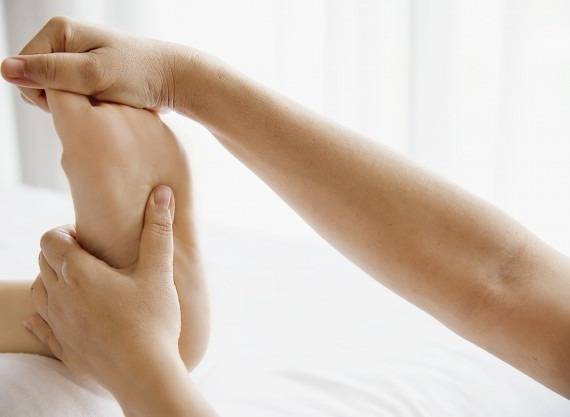
What causes cold feet?
The most common reason is a lack of heat, but there may be other reasons which cause this problem.
Poor blood circulation in the body:
Poor blood circulation can lower the blood’s temperature in the legs, so most of the time, the legs are colder than the other parts of the body. Circulatory problems can be caused by heart disease in which the heart tries to pump blood throughout the body.
Poor blood circulation can be due to excessive sitting. You may experience this problem if you sit at your desk for long hours every day at work.
Smoking can also be another cause of low blood circulation.
Anemia:
Anemia and iron deficiency can occur even in healthy people. The good news is that this problem can easily be solved by changing our diet or taking a dietary supplement.
Type 1 and 2 diabetes:
Diabetes can cause nerve damage to your legs and make you feel cold. It can also cause other symptoms such as numbness or tingling in the feet. If you have symptoms of nerve damage in your legs, see your doctor for an examination.
Hypothyroidism:
This condition occurs when the body does not produce enough thyroid hormone, so the metabolism is disrupted. Hypothyroidism reduces the blood circulation in the body, and the legs get colder than usual.
Other reasons include:
- Vascular disease or blockage of blood vessels in which blood vessels are damaged
- Muscle cramps and nerve damage
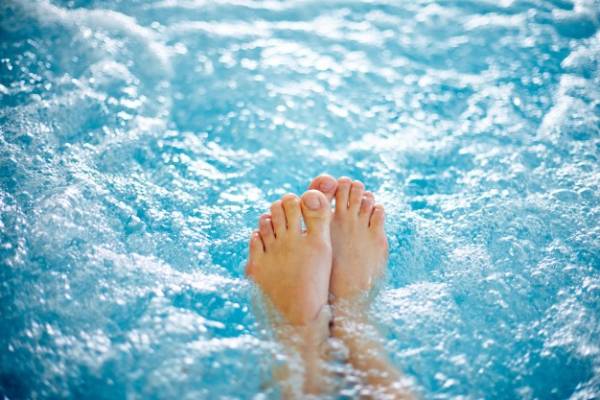
How are the symptoms of leg freezing diagnosed?
Your doctor will perform a physical exam by tapping different areas of your foot to check for neurological signs or symptoms or order a blood test that can check for conditions such as anemia, diabetes, or hypothyroidism.
Or they may instruct an electrocardiogram to control your heart function because they believe the cause of freezing in the leg may be related to heart disease or poor circulation. Or they may get blood pressure from different parts of your foot to see which ones are affected.
When should I consult a doctor?
If you notice that your feet are colder than standard and other parts of the body, ask your doctor about the following physical symptoms.
- If the scars remain on your toes and feet for a long time
- Weight changes
- Fever
- Joint pain
- Any change in the skin, such as thickening
- If you also feel cold, you should contact your doctor because it can be a neurological disease.
Natural remedies for cold feet:
-
Treat cold feet with hot oil massage.
Foot massage is a simple treatment to restore heat and also stimulates and increases blood flow to your organs.
Heat some coconut oil or olive sesame oil for a few seconds.
Then rub it on your cold feet and gently massage from foot to toe for 10 minutes.
Repeat with the other leg.
Wear cotton socks after the massage.
Do this every night before bed or, if necessary, once more during the day.
-
Hydrotherapy
Fill two large containers with water (one with cold water and one with hot water)
Sit comfortably, soak your feet in cold water for 2 minutes, and then repeat with warm water for 1 minute. Do this process for about 15 to 20 minutes. Then dry your feet and wear warm socks.
Repeat this treatment several times a day until recovery.
Tip: You can add a few drops of ginger, rosemary, or mint oil to the water.
-
Leg exercises to solve this problem
Number one: Stand on your toes for 1 minute and then slowly return to the heel.
Repeat this several times for 10 minutes.
Number two: In a sitting position, rotate both feet’ wrists from the joint to the clock’s hands.
Repeat this movement between 10 and 20 times.
Number three: Use your fingers to lift a piece of cloth or anything from the floor and repeat this exercise several times.

-
Sulfate salt to relieve colds:
Another way to warm your feet is to soak them in water containing sulfate salts. The water’s heat has a warming effect, and the magnesium sulfate in the salt dissipates heat in the body.
Add a cup of sulfate salt to a bowl full of warm water.
Then soak your feet in it for 15 to 20 minutes.
Repeat this treatment twice a week.
-
Relieve cold with ginger:
Ginger increases blood circulation and can resolve colds. It can also reduce the risk of blood clots.
Combine a tablespoon of ginger pieces and two glasses of water and leave this for 10 minutes. If necessary, you can add some honey to it.
For best results, you can drink this mixture two to three times a day.
Or you can boil some ginger with water and then let it cool a bit.
Put your feet in it for 15 minutes twice a day.
You can also take ginger supplements after consulting your doctor.
-
Green tea:
Drinking 2 to 3 cups of green tea during the day helps treat foot colds. Boil green tea leaves in a glass of hot water for 5 minutes. If you wish, you can use honey to sweeten it.
Another solution is to pour 3 or 4 bags of green tea into a large bowl of warm water for 10 minutes and then put your feet in it for 10 minutes. Repeat this treatment twice a day.
-
Pepper:
Spread a teaspoon of this pepper evenly on a pair of thick socks. First, wear thin socks and then put these socks on.
You can also use pepper cream to massage the soles of the feet.
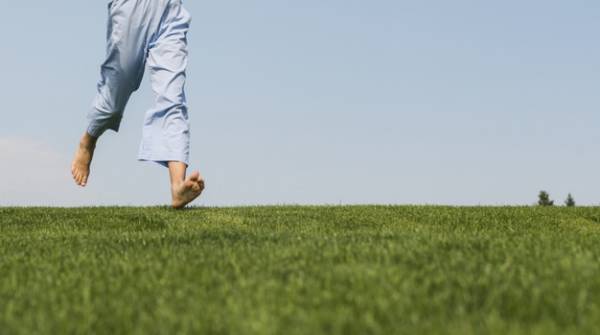
-
Walking on the grass:
Walking barefoot on the grass early in the morning is one of the best ways to increase blood circulation in the legs. In addition to reducing and eliminating the legs’ coldness, this treatment strengthens the muscles, tendons, and ligaments of the legs and ankles.
It also increases the absorption of vitamin D in the body. (Vitamin D deficiency increases the risk of anemia and colds in the hands and feet)
It is recommended to start your day with 30 minutes of naked walking on the grass.
-
Increase iron intake to cure colds:
Women between the ages of 19 and 50 need 18 mg of iron daily. In comparison, men need 8 mg of iron daily. It is enough to include iron-rich foods such as dates, apples, lentils, red meat, spinach, almonds, dried apricots, and asparagus in your diet to prevent iron deficiency.
You can take iron supplements after consulting your doctor.
-
Eat magnesium-rich foods:
Magnesium is another nutrient needed for blood circulation, and the absorption of vitamin D. Magnesium deficiency increases the risk of colds and cramps. The body cannot store magnesium for long periods, so it is essential to include magnesium-rich foods in your diet regularly.
Adult women need 300 mg of magnesium daily and men 400 mg of magnesium. Some sources for magnesium-rich foods include spinach, mustard, broccoli, avocado, cucumber, green beans, pumpkin seeds, and almonds. Or you can take magnesium supplements after consulting your doctor.
More tips for treating colds in the toes:
Do not let your legs hang down while sitting on a chair.
Try aerobic activities such as walking or cycling to increase proper blood circulation and prevent foot frostbite.
In winter, wear warm and comfortable socks.
If you are a smoker, quit smoking because it may interfere with blood circulation.
Check your cholesterol, blood pressure, and blood sugar regularly.
To prevent clogged arteries and poor circulation, eat foods rich in omega-3 fatty acids such as salmon, walnuts, flaxseed, and pumpkin seeds.
Also, use treatments such as yoga or acupuncture.
Also Read:
17 natural remedies for hypothyroidism
Everything you need to know about seizures



